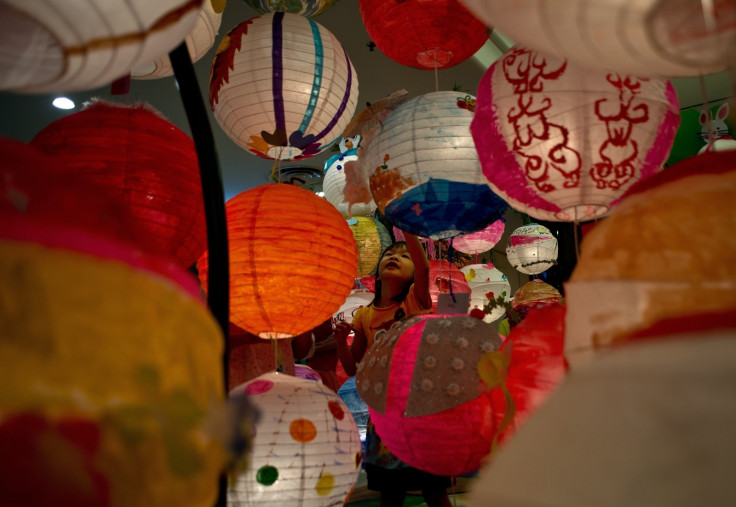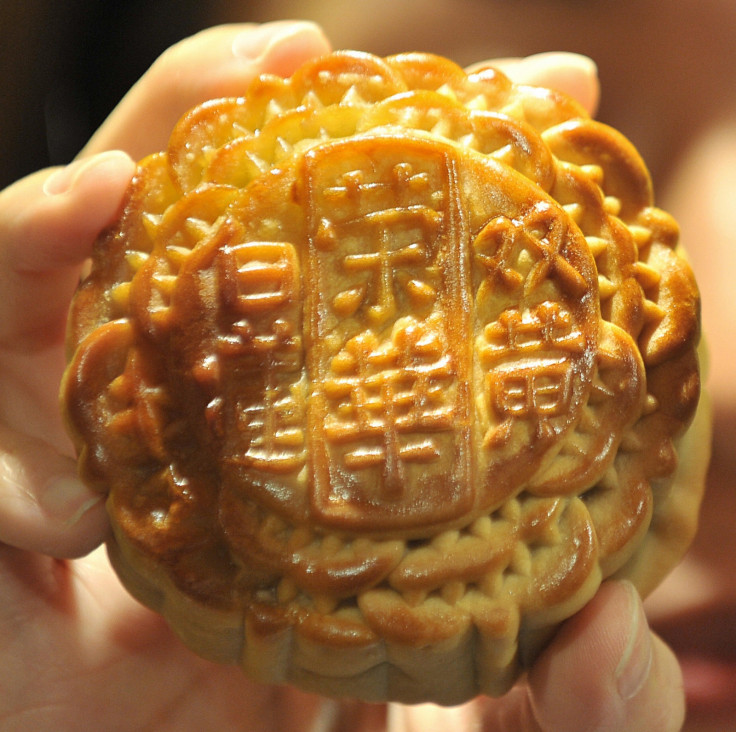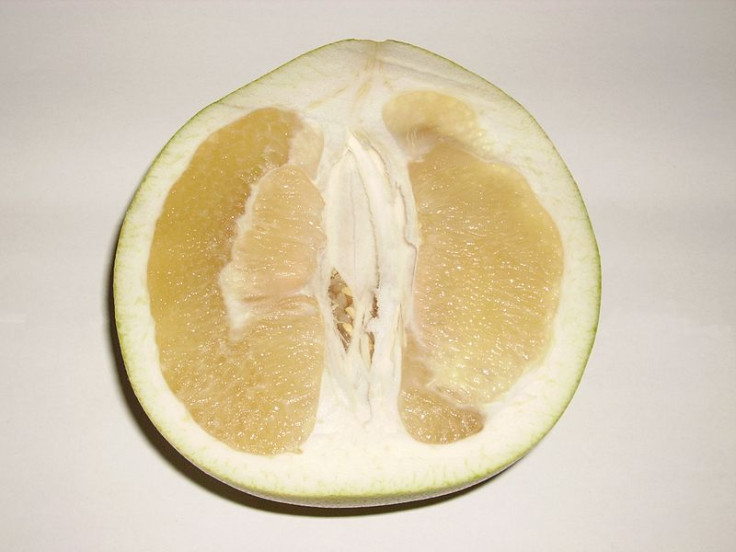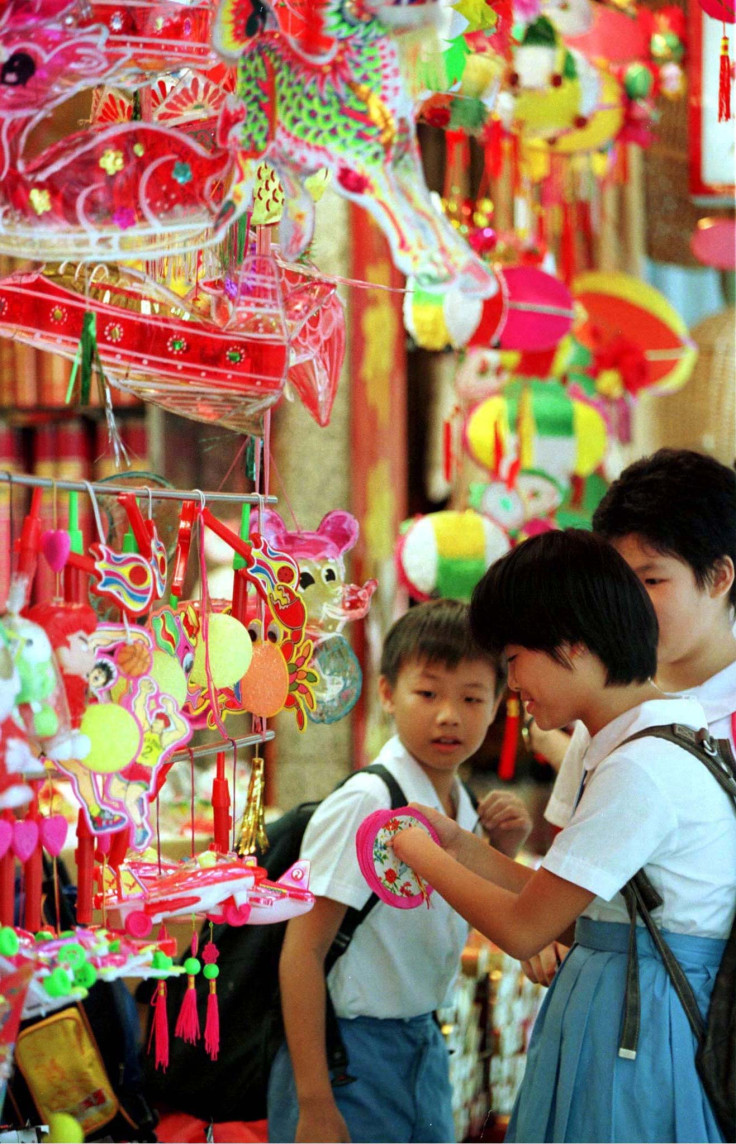Mooncake Mid-Autumn Festival 2014: How to Celebrate This Family Event

It's the Mid-Autumn Festival once again (also known as Mooncake Festival or Lantern Festival) and it's time to celebrate.
Do you know how? Join us as we walk you through the common ways to celebrate this 3,500-year old Chinese festival.
Buy, eat and give mooncakes
The Mid-Autumn Festival, which falls on the 15th day of the eighth month of the Chinese lunar calendar, is meant to be a joyous festival about celebrating the harvest, family and friendship.
One of the most important part of celebrating the Mid-Autumn Festival is to buy and give mooncakes to your friends and family.

This is an important tradition amongst the Chinese peoples around the world (and the Vietnamese, who were colonised by the Chinese in 111 BC) and most Chinese families will usually end up with several boxes of mooncakes, some from friends, relatives and even work colleagues.
The mooncake is round, like the moon, and this represents reunion. During the festival, people will often throw a party at their homes and place a table out in the garden under the full moon.
On the table will be placed mooncakes and a pot of incense, and the family and friends will light joss sticks and pray to Chang'E, the moon goddess.
By eating slices of mooncake together, it signifies that those who partake in eating it will be reunited in the future. If you eat mooncakes given to you as a gift by other people, it is a sign that you will meet them again.
Hence, the assertion by some Western media that Chinese people no longer eat mooncakes, and only give them out as bribes to Chinese officials, doesn't make sense, as this is an important tradition and joyous celebration.
In Southeast Asia, Chinese families will also often eat pomelo at the same party, a citrus fruit that is only native to South and Southeast Asia.

When a pomelo is cut in half, it looks round and can be cut into 10 segments. The fruit segments also represent unity in a similar way to the mooncakes.
Mooncakes are also a living reminder of a time in ancient Chinese history of great strife and crisis, in particular the overthrow of the Mongol Yuan dynasty, which ruled China for over a century from 1271-1368 AD.
A piece of paper was baked into thousands of mooncakes to incite rebellion, saying, "Kill the Mongols on the 15th day of the eighth month", which was distributed by rebels to the Chinese families under strict military rule.
Since then, to commemorate the rebellion, mooncakes have been baked in special moulds which imprint between three to six Chinese characters onto the cakes.
The Chinese characters refer to the flavour of the cake, and it has now become trendy to fill mooncakes with a wide variety of fillings.
Light some lanterns
Because China is one of the oldest civilisations in the world with a recorded history, if you go further back than the Yuan dynasty, you will learn of the traditional legend of Chang'e, the moon goddess, and her consort Houyi from the Shang dynasty (1600-1046 BC).

To cut a long story short (read the whole legend here), Chang'e lives on the Moon and is immortal, while her husband Houyi is stuck on Earth, and the two can only meet during the Mid-Autumn Festival during the full moon, when the milky way is easier to cross.
The tradition of holding lanterns is thought to be people on Earth holding and waving the lanterns near where Houyi is crossing the milky way, so that Chang'e knows where to look for him.
Due to the legend, it is traditional to light lanterns outside your home during Mid-Autumn Festival. The oldest style of lanterns are pink, blue, yellow and green paper lanterns which hold a candle and have a red tassel hanging beneath the lantern.
Other popular lanterns are made from multi-coloured cellophane on a wire frame, with white paint on top, and these lanterns can come in a multitude of shapes and sizes, including ships, rabbits (after the jade rabbit who keeps Chang'e company on the Moon).
Since the early 1990s, in many Southeast Asian countries there are also special plastic children's lanterns which are powered by electronics (i.e. an AA battery and a small electric light bulb).
These are more popular today as they are considered safer for children, and parents will take their children out to join large evening parades to show off their lanterns.
Go visit a big lantern festival exhibition

Nowadays the Mid-Autumn Festival is seen as a good opportunity to have a big outdoor event in a park at night.
Giant lanterns depicting traditional Chinese gods and goddesses, as well as figures from classical period Chinese novels like Romance of the Three Kingdoms and Journey to the West are built, supported by electronics.
Creators of these events also try to replicate a period Chinese garden with lotus lanterns on lakes, pagodas and other traditional period Chinese designs and decorations from before the 19<sup>th century.
If you have the chance to visit one of these events in a Southeast Asian country, for example, the Mid-Autumn Festival in Singapore or the Hong Kong Lantern Festival, it is well worth the visit in order to experience Chinese culture.
© Copyright IBTimes 2025. All rights reserved.






















